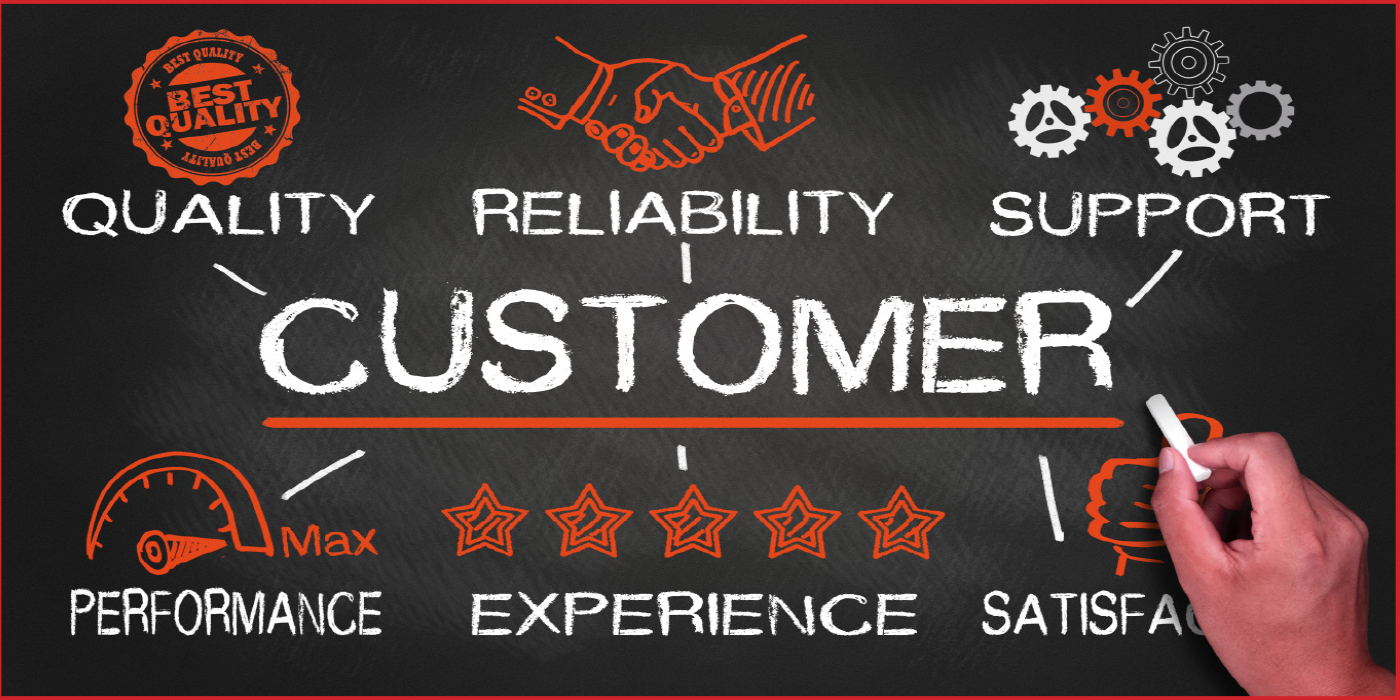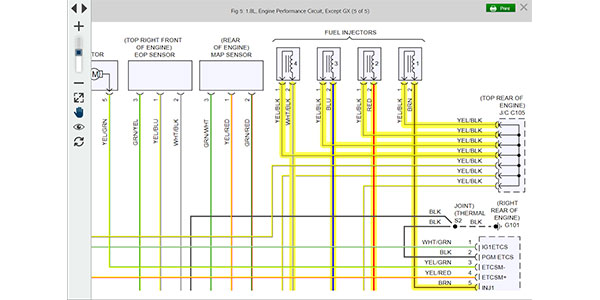By Glen Beanard
Dealing with other people can be one of the seemingly most difficult things to do. With all the different personalities, at times it can seem nearly impossible. Mostly, I believe the problems arise from a communications breakdown. One person tries voice their view and the other tries to voice theirs right back. That sounds like a complete exchange. However, an important element was missing from that exchange. Without this “missing” element, both people may become frustrated at the other and let emotions dominate the exchange. When this occurs, the exchange quickly deteriorates into an argument.
The missing element is “acknowledgment.” This only has to be done by one side. When you are speaking to someone, what is the one main thing you want the other person to do? You want them to understand what you are saying.
If you feel that they don’t understand you, what is the natural reaction? You are likely repeat yourself, but with more force. Sure, the words might change, but the message will be the same. What do you think is going to happen in a conversation between two people in which neither one thinks the other understands them? Usually they will keep repeating themselves to each other, get frustrated, raise their voices, and before you know it, there is a screaming match because both sides are trying to be heard.
A good physical demonstration of this is to have someone near you hold their hand up in the “stop” position. You place your hand against theirs and apply pressure as to push their hand back. The other person will likely react by pushing back and resist your hand. It’s only natural. Now, imagine if this were to represent an argument. Both persons pushing against each other until one gets frustrated and leaves or the other over powers them.
FIRST AGGRESSION
The key is to head off problems is in the first line of conversation, or at least, the sooner the better. This works for a multitude of cases, but I am going to pick the one we all hate the most, the complaining customer.
If the individual is totally irate, you may want to tell him to come back when he can settle down and you both can talk. Doing so is an understandable solution. But let’s say that person is not that bad, or that totally irate individual has come back calmed and ready to talk. This is where you need to be ready.
The first thing to do is stop whatever it is you are doing, put down any papers you might be holding and listen to them. Let them talk. Let them say it all. You be quiet.
You are doing two very important things. One, you are letting them talk themselves out. Second, you are letting the other individual know that you listening by looking at them. Be careful with eye contact. To some, a long steady eye contact, or stare, is a sign of aggression. You simply need to let the other person know that they have your attention. A frequent nod of the head and a low-toned, calm “OK,” “right” or “yes” can go a long way in letting the other person know that you hear them.
They have had more time to think about it, and practiced it over in their head many times before they came back to see you. You are just now hearing about it for the first time and are flying by the seat of your pants. But it’s OK, they are about to “bring you up to speed,” let them. Listen to everything they say and pay attention to everything they don’t say.
When they are done, it is your turn. This is where your side will either sink or swim. Most people are going to want to defend themselves or take control at this point. This is not the time to do that. Before you can say anything to your defense, you have to let the other person know that you understood them.
How do you do this? By saying “I understand”?….NO… Those words mean nothing to the other person, yet. In order to let the other person know that you understand them, you simply repeat back to them what they said to you, but in a condensed form and in your own words. Its called “reflecting”.
Customer: “Ever since you guys did that tune-up, my car has been leaking oil. It never did that before ya’ll worked on it.”
You: “You started seeing oil leaking soon after we did a tune-up?”
Customer: “Yes."
There is really nothing else they can say at this point, at least not most normal people. The person made their point, they know they were successful, they are done. If they add anything else, listen to them. They might tell you something you can use later in the explanation (like in the above example … how many days later it started leaking).
That’s it. No screaming match. No jumping up and getting defensive telling the customer that it has nothing to do with it, the car is old, or whatever. At least not yet. That comes after you check it out. At any rate, you listened to them, you understood them, and they know you understood them by “reflecting” their own message back. That alone can change their view of you from “the enemy” to being on their side. You can now carry on from here and explain the cause of the problem.
The majority of the time, you have defused a potentially ugly scene just by letting the other person know that you understand what they are trying to communicate to you before you return any of your own views. This is a universal technique. It can also be used when speaking to the customer for the first time to help insure the customer’s problem with the vehicle is accurately logged to the ticket. In some cases, you might even be able to invert this to prompt the customer to reflect on what you told them in regard to “recommended” or “suggested” services on their vehicle.
“Just to make sure I have been clear, Mrs. Jones….. Why might a metallic brake pad sometimes emit a light squeak normally?” These little details in the way we handle ourselves in speaking with the customer can have a positive effect on future issues, if we handle them right.






